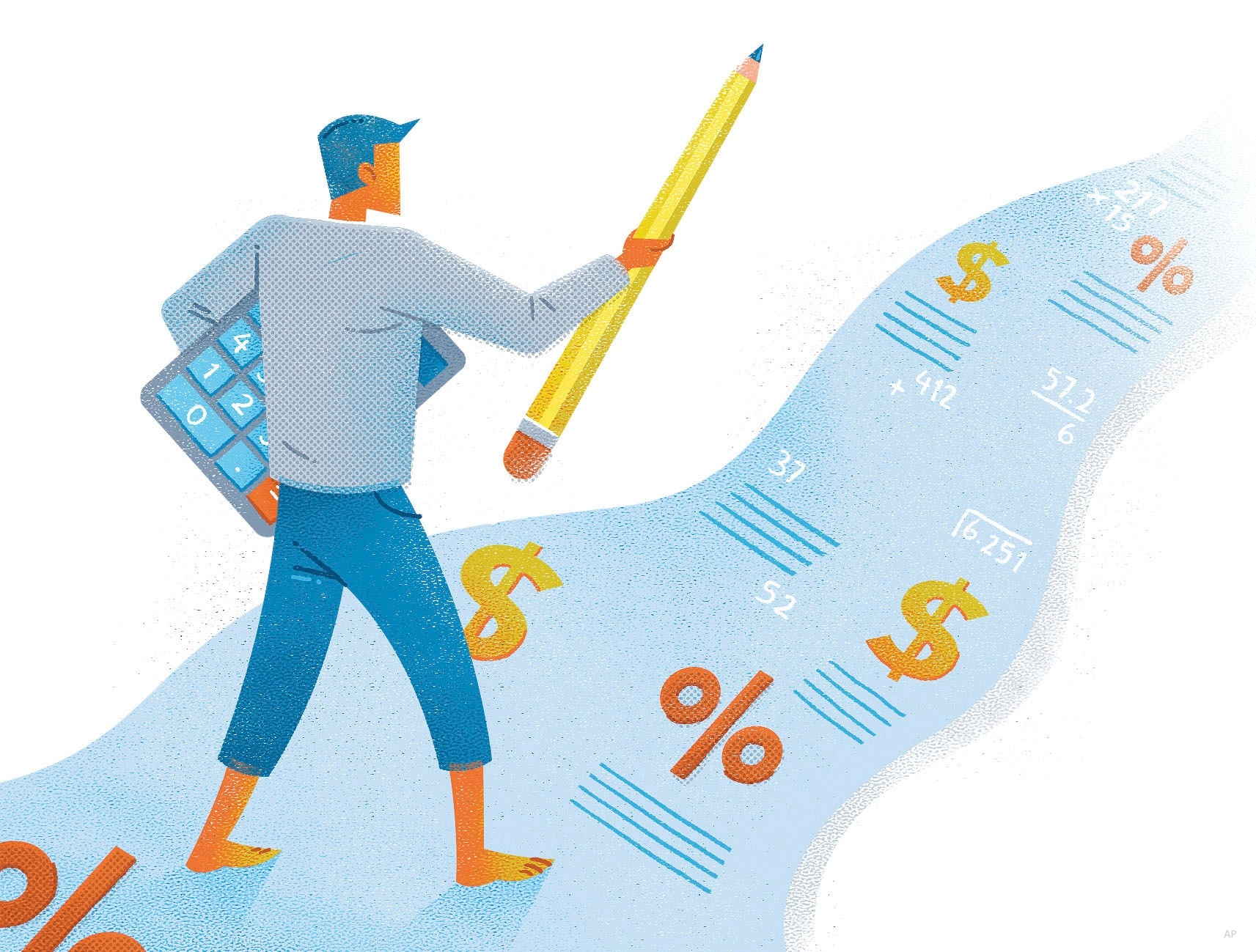Find more episodes of Quant Concepts here
Brandon Strong: Welcome to Quant Concepts. In recent weeks, the outlook of the market has continued to be quite bleak. The little optimism remaining has stemmed from rallies in both the energy and financial sector. Although these sectors have been performing well, it's important to keep in mind that some of the largest stocks in both the S&P and the TSX have kept the indices relatively stable in terms of aggregate return. The markets seem to be better than they really are, and the broader market as a whole is experiencing turbulence in the wake of rising rates and uncertainty from the Omicron variant. To remain proactive rather than reactive we think it is best to switch from a more aggressive strategy to a strategy that is more conservative in nature. By doing so, we aim to reward investors in the form of consistent and steady dividends until confidence is restored in the market.
Today, let's take a look at a strategy that identifies companies with low risk, great value and consistent return.
Let's start by ranking our universe of around 715 stocks. In the ranking step, we are going to look at four main factors, which you can see here. The first factor is expected dividend growth, which is the ratio of a company's expected annual dividend to its actual trailing dividend paid in the last four quarters. It is a commonly used risk measure of a firm and can be used to assess whether the company is growing their dividend from the prior year. The next factor is expected payout, which is the dollar amount of dividends estimated to be paid in the next 12 months expressed as a percentage of EPS estimated to be earned in the current fiscal year. This ratio is important to see how much earnings a company is expected to pay out in the form of dividends. If the payout is too high, the company will not be able to sustain the dividend.
The next factor is the quant financial health score, which ranks companies on the likelihood that they will tumble into financial distress. Using two main indicators of leverage, ratio of enterprise value to market value, and equity volatility relative to the rest of the universe, it estimates a firm's distance to default. And lastly, the yield on expected dividends, which is the estimated annual dividend rate, is expressed as a percentage of the latest market price of the stock. We only want stocks that generate income.
Now, let's run through the screening process. As you can see here, we are only going to select stocks that rank in the top 10th percentile of our list, keeping a very strict buy discipline. We are going to exclude companies that have not grown their dividend every year for the last three years. The expected dividend needs to be above a C+ at a minimum and the yield above 0.5%. Our quant financial health score must be above 0.7 as we want companies with a very strong balance sheet. We have included a screen on estimate revisions so we can pick stocks with a relatively positive outlook in terms of analyst expectations. And lastly, we place the screen on market cap since larger companies tend to be more established and hold up during uncertain times.
Next, let's take a look at our sell rules. In this case, we've kept things very simple with only a few sell rules. We are going to exclude stocks that are in the bottom 50th percentile of our list, and we will screen out stocks that have negative estimate revisions less than a D-. We would also like a quant financial health score of less than 0.35 because we want to reiterate that we want companies with a strong balance sheet and screen out others that don't.
Now, let's take a look at our backtest page. In our backtest, we've started the period from January 2007 until December 2021. Over that time period, we've seen very good outperformance with 10.7%, which is 4% higher than the benchmark. And with only 31% annualized turnover, we can consider this strategy a solid buy-and-hold type strategy. Taking a look at standard deviation, which is here, we can see that there have been lower standard deviations of returns across the majority of time periods. This contributes to greater risk-adjusted returns as measured by the Sharpe Ratio, and we could also see that it has outperformed the benchmark over the long run despite missing the mark in the shorter time periods. We can see that this strategy has lower beta over every time period, meaning we are less risky than the market. We can also see significant alpha generated from the strategy. As mentioned before, we've seen outperformance since '07, but more importantly, over the past 10 years, we've seen steady, consistent returns.
If you are looking for a strategy that identifies companies with low risk, great value and consistent income, please make sure to check out the buy list accompanying the transcript of this video.
From Morningstar, I'm Brandon Strong.






:quality(80)/cloudfront-us-east-1.images.arcpublishing.com/morningstar/VYKWT2BHIZFVLEWUKAUIBGNAH4.jpg)












